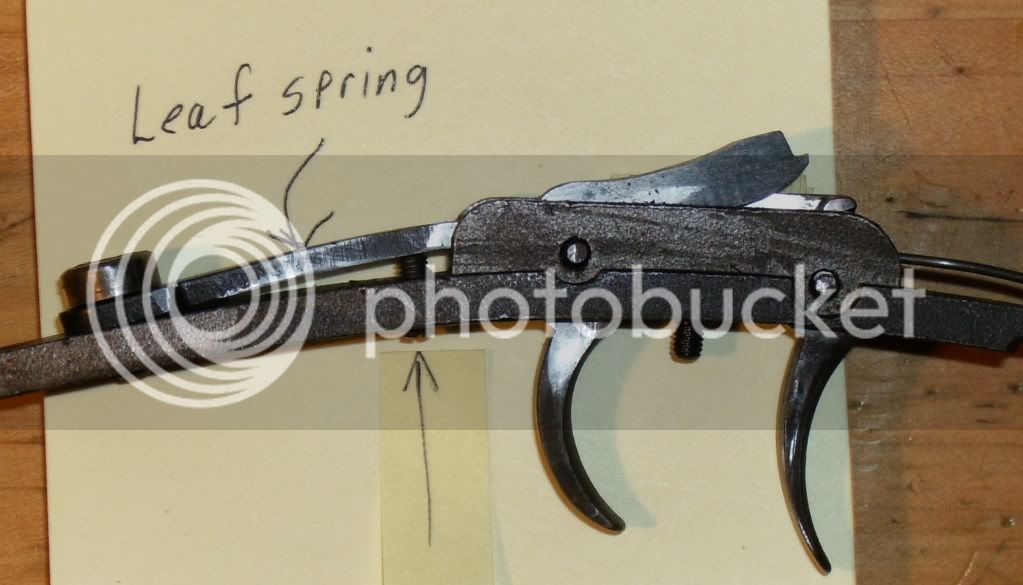Welcome to the Forum.

If the lock doesn't want to move after you have removed the screw(s) that hold it in place, reinstall the screw(s) with your fingers but don't tighten it (them).
You will want to make sure they are engaged with their threaded hole(s) about 1 to 2 turns.
Then take a plastic handled screwdriver and tap the head(s) of the screw(s) a few times.
This will drive the lock plate out of the stock mortice slightly.
Once this is done, remove the screw(s) and wiggle the lock free from the stock.
Once you have the lock out you will find it is a rather simple piece of equipment.
There will be a part that sticks out away from the inside lockface called a sear arm.
This is what releases the hammer from a cocked position. To operate it, push it up but be real careful when you do this.
The mainspring is very powerful and the falling hammer can do a lot of damage to anything (like your finger) that's in the way.
If your gun has a single trigger, push it forward when you are putting the lock back into the stock.
This will lower the part of the trigger that pushes up on the locks projecting sear arm, allowing the lock to slip back into place.
About any good gun oil can be used to lubricate the moving parts of the lock.








